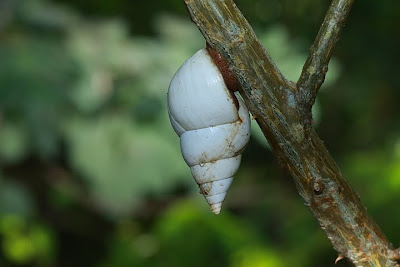Fisheating Creek Wildlife Management Area stretches for 40 miles along the course of the only free-flowing tributary to Lake Okeechobee. Framed by bald cypress swamps and hardwood hammocks, Fisheating Creek has long been valued for its scenic quality unmarred by houses and other human intrusions. Strategically located in relation to Big Cypress Swamp, Okaloacoochee Slough, Babcock-Webb Wildlife Management Area, Lake Okeechobee, and the Lake Wales Ridge, Fisheating Creek is critical to the long-term welfare of Florida panthers, Florida black bears, swallow-tailed kites, whooping and sandhill cranes, crested caracara, and a number of other species native to the area. (
read more)
(Safari I)






Photos by Juan C Aguero (juanKa)
Fisheating Creek Wildlife Management Area, Glades County, Fl






























